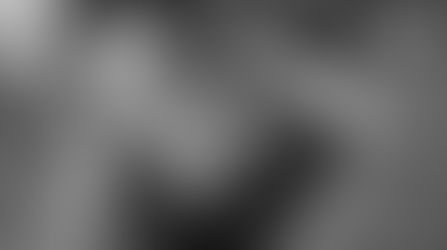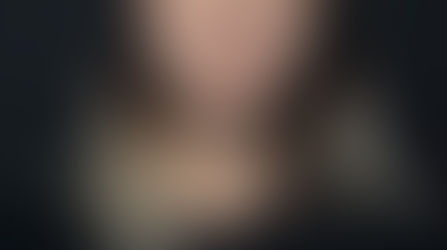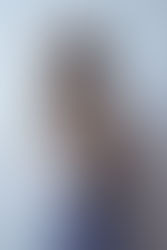Camera Obcura, the Original Photography Technology
- Hayley Marshall
- Feb 27, 2018
- 2 min read
Camera obscura is an optical phenomenon where, when light enters a small opening into a dark room, the outside scene is projected onto the opposing inside wall creating an upside down version of the scene outside. It is possibly that camera obscura has actually be around for tens of thousands of years (around 30,000BC to 500BC), as there are theories that camera obscura effects (most likely through tiny holes such as holes in tents or animal hide) inspired Paleolithic paintings.
The earliest actual written record of camera obscura can be found in Chinese writings called Mozi, dating back to the 4th century BCE. In these writings it is explained that an inverted image in a “collecting point” or “treasure house” is inverted by an intersecting point, or pinhole that collected rays of sun light. This is a remarkably early correct description of the camera obscura as there are no other examples known dating before the 11th century.
The Greek philosopher Aristotle (384-322BCE), or possibly one of the people following his ideas, touched upon the subject in the work ‘Problems – Book XV’ asking: "Why is it that when the sun passes through quadri-laterals, as for instance in wickerwork, it does not produce a figure rectangular in shape but circular?” and further on: “Why is it that an eclipse of the sun, if one looks at it through a sieve or through leaves, such as a plane-tree or other broadleaved tree, or if one joins the fingers of one hand over the fingers of the other, the rays are crescent- shaped where they reach the earth? Is it for the same reason as that when light shines through a rectangular peep-hole, it appears circular in the form of a cone?" A question to which Aristotle was never able to find an answer. However, more than 1800 years later, a correct answer was finally discovered and recorded in Francesco Maurolico's Photosmi ‘de lumine et umbra’ (1521). He concluded that circular shapes on the ground were pinhole images of the sun and therefore, became crescent-shaped during an eclipse.
Camera obscura was arguably the beginning of photography today. This phenomenon is still relevant today as modern cameras, even high-end DSLRs, are physically nothing more than an advanced version of the camera obscura.
































Comments